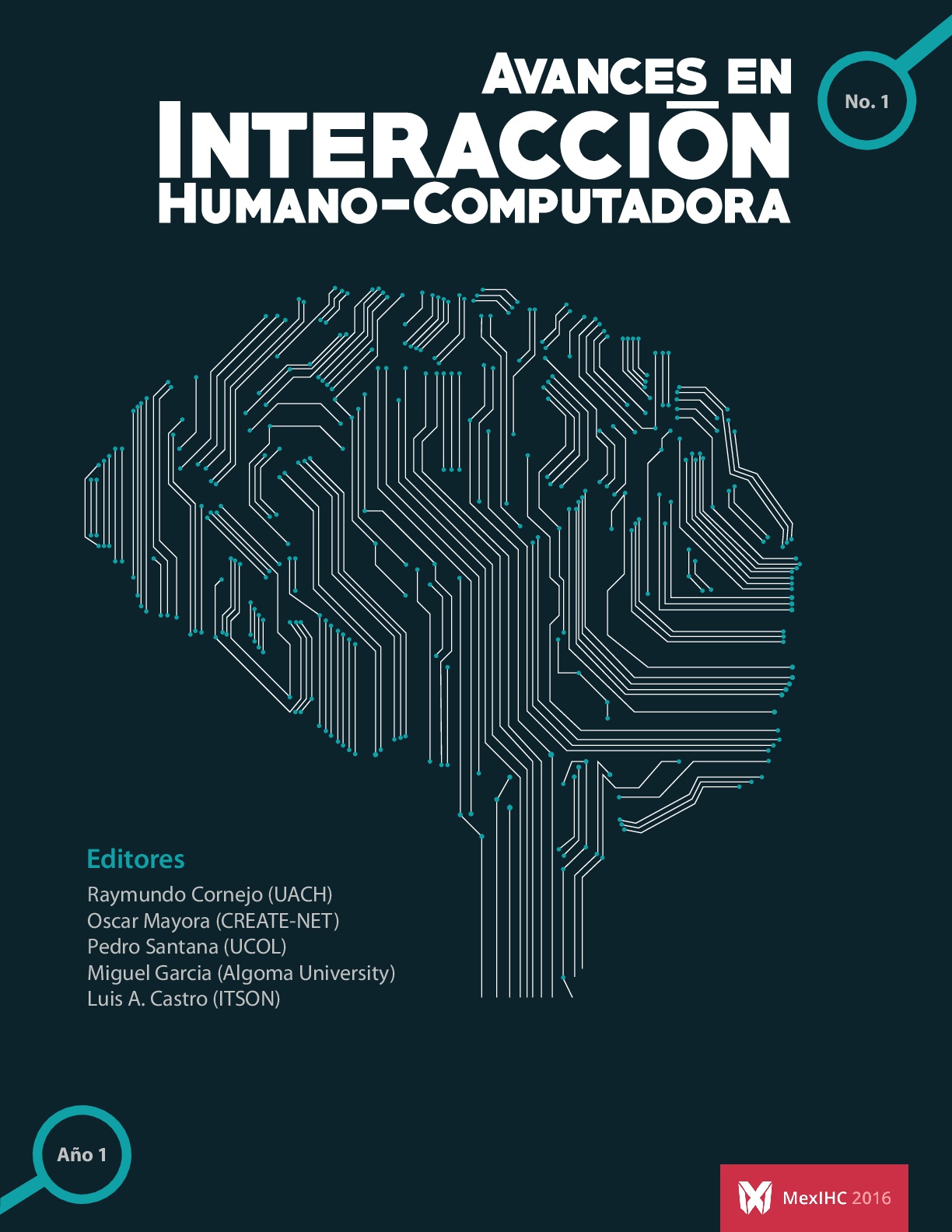User-created personas in rural Mexico and in rural Spain: Approaches neither from the North nor from the South
Abstract
Persona is a designerly artefact rapidly expanding cross-culturally. However a paucity of models to get/communicate cultural aspects vital to design; a lack of empirical projects dealing with persona artefacts as research foci, and the upsurge of objects produced via research-by-design encourage this cross-cultural study of personas co-designed neither in the Global North nor in the Global South, but in Spanish and Mexican rural sites. Results show both tactics having relevance in co-creating personas with the users to tackle micro-cultural aspects in each site. Each of the two approaches though is held and led in a different manner, with the Mexican being a User-Centred Design (UCD) style, and the Spanish a participatory innovation research-by-design exploration. Both means of persona representations come as valuable contributions to the HCI literature on design of communications across cultures, for involving users in persona design can legitimately augment the accomplishment of designs beyond rest-of-life technologies.

This work is licensed under a Creative Commons Attribution-NonCommercial-NoDerivatives 4.0 International License.
AMexIHC make every effort to ensure the accuracy and rigour of all the information (the "Content") contained in out publications. However, AMexIHC and our representatives make no representations or warranties whatsoever as to the accuracy, completeness, or suitability for any purpose of the Content. Any opinions and views expressed in this publication are the opinions and views of the authors, and are not the views of or endorsed by AMexIHC. The accuracy of the Content should not be relied upon and should be independently verified with primary sources of information.






